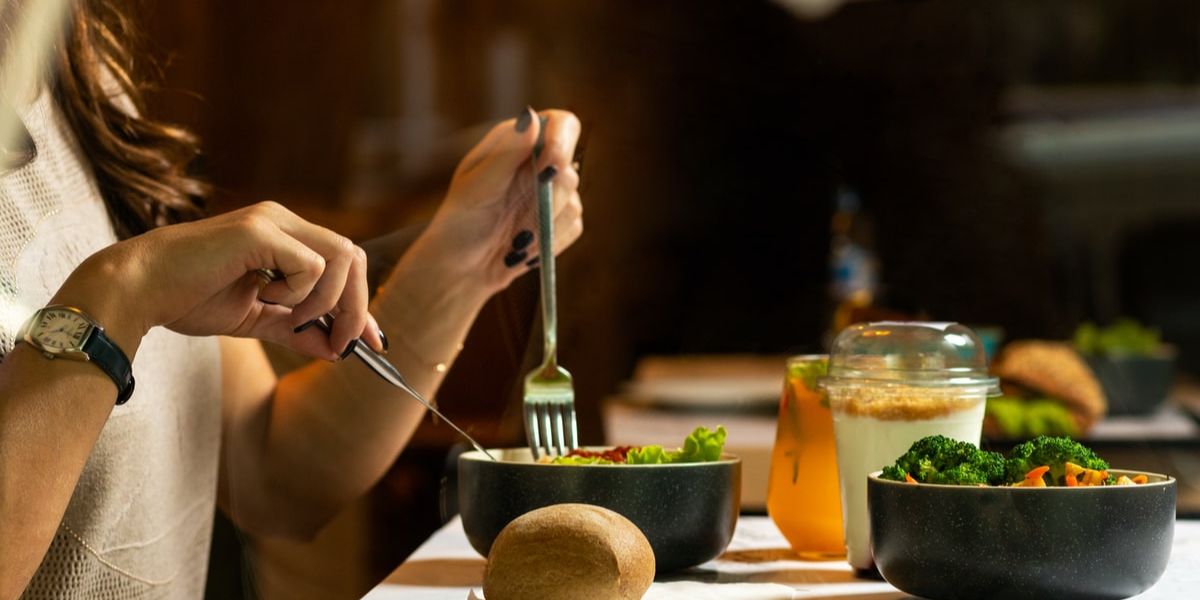- The different types of meals that are typically enjoyed by young adults today.
Well, you know what? I don’t. In fact, I wouldn’t even be interviewing you if I thought I could find a healthy meal for you. Or at least one that was in the middle of the price range from which I am comfortable recommending.
It’s very easy to create meals that cost less than $10, but it is so much more difficult to create meals that are of high quality and don’t taste like cardboard. A quick read of http://www.food52.com/mood-matters/the-types-of-meals/ may be helpful here (though they don’t have a breakdown of prices).
- How the lack of money, time, and space affects these meals.
Many millennials are now young parents and have been raising a kid with the single-minded goal of money. Finances have to be managed, so they eat together. But why?
This is a good question, one that may not seem as obvious as it may sound. There are two main reasons they do this at all:
- They want to hang out with their friends
- They don’t like to cook
The first point is probably the most common answer and by far the least interesting. It’s true that many millennials do tend to hang out with their friends, but if you think about it for a moment, you realize that hanging out with people you don’t know isn’t that big an issue at all; it doesn’t even require eating together. For example, my company is run by a group of introverts who prefer to work in isolation from others. But we also have a very small staff (though we could grow bigger if we wanted to) and we don’t actually need to cook — if anything, cooking would just slow us down (which might be counter-productive). Instead, when I want to spend some time away from the office, I take my coffee or tea with me in my bag and sip it while walking around town. You can try this yourself: use Google Maps or your phone (and pay attention so you can see exactly where your eyes are looking when you use your camera)[1] and check out where people are looking when they’re using their phones [2]. It might surprise you how often they look straight ahead!
I also think this is why many millennials feel uncomfortable eating dinner alone; there isn’t much reason for them to feel comfortable eating dinner by themselves[3]. If you think about dinner at home as more of an event than just sitting down over dinner (because no one else will be there), then I think it makes more sense that most millennials would rather hang out with the people closest to them than sit alone in front of them[4].
But for many Millennials, this isn’t about socializing; it’s about having fun! Many Millennials will say things like “I eat dinner alone every night because I have no one else to eat dinner with! [5] They might say things like “I only go out on Friday nights because I don't want anyone else around me when I get home

- How the age of the individual affects their approach to mealtimes.
Netflix is the new, shiny, cool thing. It’s the new way to watch TV and movies and other stuff. They’ve gone so far as to invent a new category of TV show: original series!
But, they also have a problem. Netflix is tremendously popular in Western countries — it’s pretty easy to find a film or TV show on Netflix that you like but it’s much harder to find one that you like particularly well. The good news is that there are some things that are universal about human experience and culture in general. For example, we all like eating together (which means we probably love the same food). And people tend to like eating in groups (even if they don’t realize it).
So, Netflix has decided that they need to create original shows with food themes. Even better, they want them all to be great! A bunch of people working at Netflix come up with an idea — they make a bunch of series with food themes and personalities and hopefully everyone will like them.
A few months later, Netflix announces these shows are now on-air:
Weirdly enough, no one really notices this because it’s a brilliant marketing move by Netflix. They use the word “original” as if we all know what it means — but most of us don’t even know what “original” means anymore! In fact, the only thing we recognize is how much money Netflix makes from advertising against these shows just before they start airing! This has the effect of making people think those shows are good enough for them not to bother watching them; which is exactly what they want!
But here’s where things get interesting: when someone watches an episode of one of these shows (or even just reads about it), he or she might be surprised by how many awesome things happen precisely because this episode was made by Netflix… In fact, any time any member of your group eats together (i.e., any time you consume goods or services together), even if someone else makes those goods or services available online at least some time during your meal time — your group members will talk about their experiences with these products during their meal time just as much as during their working hours when you make those goods or services available for purchase online.
This isn’t anything magical; it just works out because people spend so much time interacting with each other through our eating
- How the number of people present at mealtimes affects the approach to food.
Sometimes the right way to approach food is to proceed in a manner most people do. More often, it’s the wrong way.
Here’s an example: You’re at a fancy restaurant and your date asks you if you want to go out for coffee afterward. You politely decline. On the other hand, you ask your date if she wants coffee after dinner. She says yes and goes off with her friends.
Now what? A lot of us have tried to get out of the dining car on Amtrak and ended up at another train station for miles before we could get back on. But here’s a tip: just because you say no doesn’t mean you have to stay away from the dining car forever (unless there are seats left). If it makes more sense for both of you, then go ahead and let yourself be seen among others at another train station (even if it means having a drink or a snack while waiting) while still being able to enjoy that special moment with your date — especially if she happens to be the one who asked first!
This may seem like common sense, but when it comes down to it, “Wouldn’t it be nice if we stopped by Starbucks now?” is not as compelling as “I guess we should wait until we get home tonight… I need my caffeine.”

- Examples of how different age groups manage mealtimes.
I had dinner with my son the other night. It’s an experience I have only had once before in my life — dinner with my parents at a time when I was very young; but it still feels like something I can’t quite get used to.
It was a simple dinner: pasta and meatballs, fresh from our local butcher shop and cooked on the grill in front of me. We ate as a family, sitting around a table in our small backyard, and it felt like a simple affair — such as that of my parents when they were younger and would sit down for dinner together for the first time. But what made it special was that we were eating together as a family.
There is something very special about that which makes it different from almost anything else I’ve experienced in my life. We talk about this all the time: how people can help each other thrive by sharing meals instead of just going out to eat by themselves (or even alone). It’s true; we all do better with others around us than we do on our own — so why not share meals?
And yet, our thoughts are not fully formed when we make these observations. The vast majority of conversations surrounding this topic go something like this: “I feel better eating with others than I do on my own” or “I feel good eating alone because it reminds me why I need to be around others” or “I feel better when I eat with others than when I eat by myself.”
But none of these are really true: neither are they really anything more than mythos left over from an earlier generation of being socialized into being alone-oriented rather than social-oriented (which is what people born into an age where everyone is expected to be social tend to think); nor are they anything more than fluff left over from an earlier generation of being more active and involved in their families than most (which is what people born into an age where everyone is expected to be passive tend to think).
This thinking has a flipside: that the reason people should not be involved in their families is because those families don’t provide enough value for them — and so those who don’t participate will be left behind and have no one to miss out on the benefits that come from being part of such relationships (hence why they will always advocate active parenting instead of passive parenting). This thinking also has another
- The benefits of communal dining.
At the same time, however, millennials are venturing into new social spaces that are increasingly becoming social dining rooms. In any given year, about half of all Americans will dine out at least one night — and nearly two-thirds plan to do so in the coming year. This represents a dramatic shift from the 1950s, when less than 10 percent of Americans regularly dined out.
The shift is largely driven by millennials: they’re more likely to eat out than any other age group and are more likely to frequent restaurants, clubs and other dining venues. The top reasons young people dine out:
- To have their friends over
- To have an elegant dining experience at a great place with a good atmosphere (like SoBo)
- To communicate with friends
Using this data, we put together a list of some of our faves (again, just like we did with food). We hope you enjoy it!

